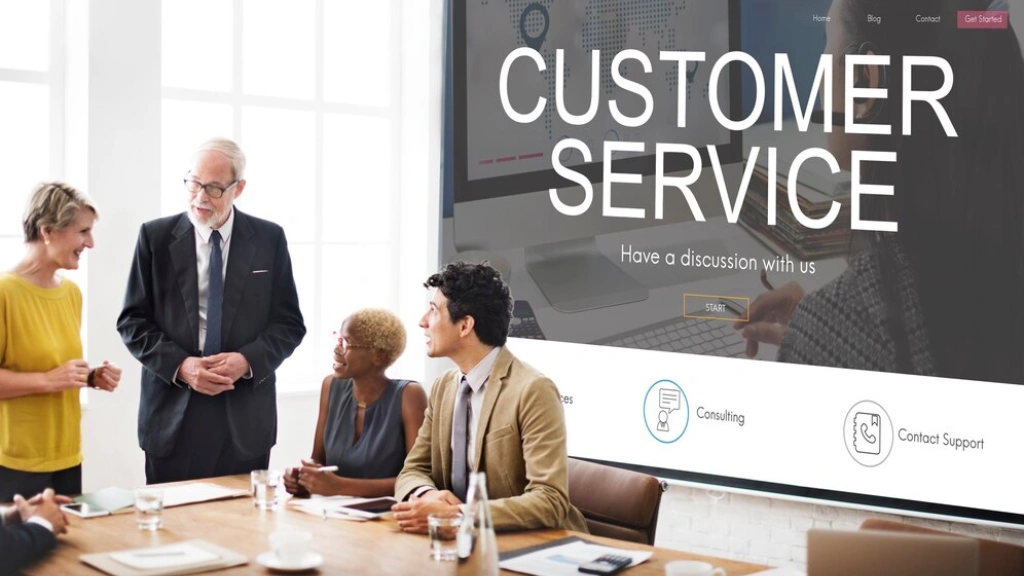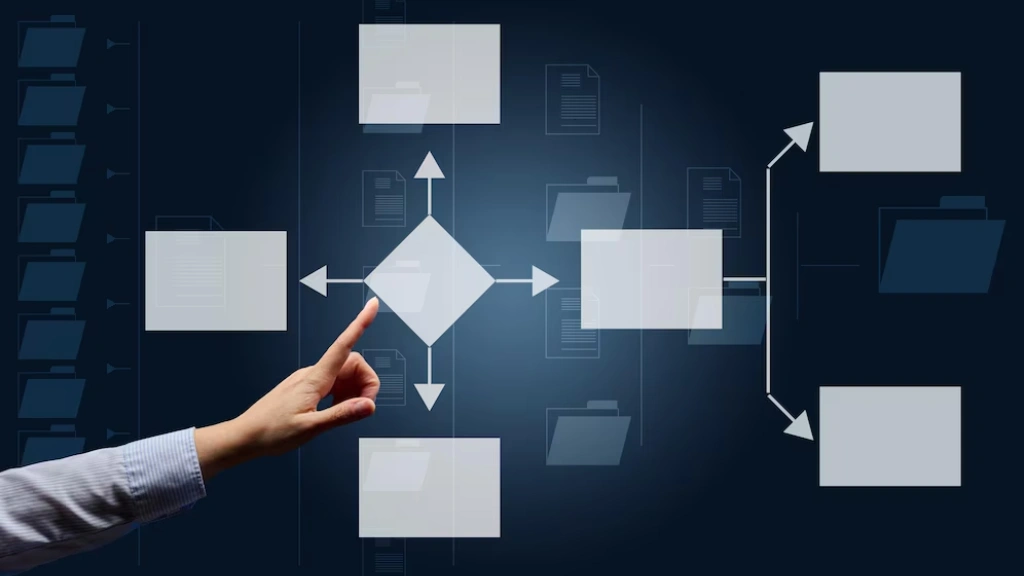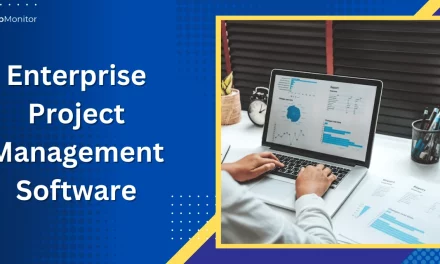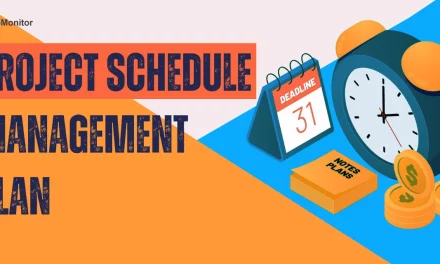Lean project management is transforming the way teams deliver projects. Rooted in Lean principles, this approach focuses on delivering value, cutting waste, and continuous improvement. It’s a powerful method that helps project managers boost efficiency and deliver more with less effort.
Unlike traditional project management, which separates planning from execution, Lean project management integrates these phases. This enables teams to manage workflows efficiently and deliver faster results. By viewing projects from the customer’s perspective, Lean-Agile project management ensures that every step adds value.
In this blog, we’ll dive into what Lean project management is and explore its five key principles. Whether you’re new to Lean or looking to refine your current practices, understanding these principles can help you achieve greater efficiency and success in your projects.
In a hurry? Listen to the blog instead!
What Is Lean Project Management?
Lean project management is the implementation of lean manufacturing principles in project management. Maximizing value while reducing waste is the aim of lean project management. This concept of lean manufacturing was created by a Japanese company Toyota in the 1950s. They used it first to address the energy crisis issues in the 1970s. In the late 1980s, the word “lean” was first used. As the Project Management Institute puts it, “Being lean means using the least amount of resources, equipment, people, and space to supply what is needed when needed.”
Three categories of waste—muda, muri, and mura—are recognized by lean manufacturing and are referred to as the “3M.”
- Activities that use resources but don’t bring value are referred to as muda.
- Muri is the term for excessive utilization of machinery or staff.
- Mura is operational “unevenness,” which over time reduces productivity and efficiency.
- Reducing the 3M in the project process is the goal of lean project management.
With EmpMonitor, streamline your project management efforts and eliminate waste for a more efficient, productive workflow.
How Is Lean Different From Scrum?
Here are some ways that lean and scrum are similar before we discuss how they differ.
Both aim to enhance antiquated project management techniques.
The goal of both project frameworks is to increase the success rate.
Both place a high importance on tight teamwork with clients.
Both necessitate regularly testing hypotheses and revising the strategy in light of fresh knowledge.
Both frequently hold daily “stand-up” meetings in which team members discuss their plans for the day, their accomplishments from the previous day, and any challenges they may be encountering.
Lean and Scrum are both methodologies aimed at improving efficiency, but they differ in focus and approach. Lean is centered around the continuous reduction of waste and ongoing process optimization. It’s a long-term mindset where the goal is to constantly improve how things are done.
On the other hand, Scrum is a specific framework within project management that focuses on delivering work in short, iterative cycles called sprints. The goal is to collaborate closely with stakeholders to produce streamlined, high-quality deliverables quickly. While Lean emphasizes continuous improvement, Scrum emphasizes rapid, iterative development.
Why Is Lean Management Important?
Lean management is gaining traction across various industries, including IT, construction, and education, due to its significant benefits. By focusing on streamlining processes and eliminating waste, Lean project management enhances product value and operational efficiency.
Let’s explore why Lean management is essential and how it can transform your organization.
Reduced Waste
Lean management excels in minimizing waste, which includes physical waste, waiting times, and unnecessary processes. By identifying and eliminating non-value-added activities, Lean methodologies ensure that resources are used efficiently. This waste reduction not only saves costs but also enhances productivity.
For example, in manufacturing, Lean practices can significantly decrease overproduction and over-processing, ensuring that only the necessary amount of product is produced to meet customer demand. In service industries, Lean techniques can reduce waiting times and streamline workflows, leading to more efficient service delivery.
Enhanced Customer Service
Delivering exceptional customer service is at the heart of Lean project management. By focusing on providing exactly what the customer needs—nothing more, nothing less—Lean methodologies ensure that resources are directed towards activities that add value from the customer’s perspective.
This customer-centric approach leads to higher satisfaction levels, as customers receive products and services that meet their specific needs and expectations. By continuously improving processes and eliminating waste, Lean management helps organizations deliver high-quality products and services promptly, enhancing overall customer experience.
Increased Innovation
One of the primary advantages of Lean project management is its ability to foster innovation. Lean methodologies can also help you encourage a culture of continuous improvement that would spark creativity among team members. This approach empowers employees to suggest new ideas and improvements, leading to innovative solutions and more effective project execution. When waste is reduced, and processes are streamlined, teams have more time and resources to focus on creative problem-solving, which can result in groundbreaking advancements.
Higher Quality Products
A core principle of Lean management is the focus on quality. By incorporating quality checks at every stage of the production process, Lean methodologies minimize product defects and ensure that only high-quality products reach the customer. This proactive approach to quality control prevents costly rework and enhances the overall reliability of products and services. In sectors like manufacturing and healthcare, where product quality is paramount, Lean management can lead to significant improvements in performance and customer satisfaction.
Improved Inventory Management
Effective inventory management is another key benefit of Lean management. By closely monitoring inventory levels and using just-in-time (JIT) practices, Lean methodologies prevent overstocking and stockouts. This balance ensures that resources are utilized efficiently and that production processes run smoothly without interruptions. Improved inventory management also reduces carrying costs and minimizes the risk of obsolete stock, leading to better financial performance.
Read More:
Operational Efficiencies- Relevant Approaches & Bottlenecks
Project Management Timeline: How To Create One & Examples
5 Principles Of Lean Project Management
The process for achieving optimal customer satisfaction is outlined in the five lean project management principles. If you want to maximize your chances of minimizing product waste, adhering to the project scope, and achieving crucial success factors, follow these procedures.
Identify Values
Determining your product’s value is the first fundamental premise of the lean project management methodology. You must identify your stakeholders to do this. Project deliverables may be created for internal stakeholders at times, or external stakeholders may be your customers.
- An internal stakeholder is a project shareholder with a vested interest in the success of the product, therefore they keep an eye on its development.
- A consumer who purchases a good or service and is impacted by its quality is considered an external stakeholder.
You can decide how to make your product worthwhile more effectively once you know who you’re producing it for. For instance, satisfying an internal operations need could be considered a product’s value to an internal stakeholder. For a customer, a product’s value can be defined as its ability to ease their problems or improve their quality of life.
Map the value stream
Value Stream Mapping (VSM) is a crucial principle in lean project management. VSM is a visual tool that diagrams your current workflow and the ideal workflow from start to finish. By comparing these workflows, you can identify waste in each project phase to maximize efficiency.
Toyota identified several types of waste in lean manufacturing, which translate to other industries:
- Overproduction (Unnecessary features): Extra features add costs like storage and wasted materials.
- Inventory (Mismanaged backlog): Incomplete work and mismanaged backlogs lead to unnecessary storage and transportation costs.
- Motion (Task switching): Redundant processes and excessive app usage cause inefficiency; the average worker switches apps frequently, missing actions and messages.
- Defects (Technical debt): Defects and technical debt result in costly repairs and lost time.
- Over-processing (Expensive tools): Upgrading unnecessary features or buying costly tools that add no value.
- Waiting: Delayed project management timelines lead to increased costs.
- Transport: Unnecessary movement of products and materials adds costs.
- Fragmented teams: Miscommunication and unnecessary meetings due to fragmented teams waste resources.
VSM is vital in lean project management, providing the visualization needed to identify and eliminate inefficiencies, thereby improving product quality and customer satisfaction.
Create flow
In this step, rework your project management plan to enhance efficiency by eliminating the waste identified in the previous step. Break down each stage of product development and adjust the steps as needed. Use project milestones as checkpoints to ensure new waste doesn’t arise as the project progresses.
Establishing open communication with your team is crucial to ensure the effectiveness of your VSM. After identifying and removing waste, collaborate with your team to prevent future inefficiencies and avoid the recurrence of waste.
Establish pull
Establishing pull involves taking completed work from the prior stage of the process. With a “just-in-time” inventory system, this idea was first introduced in the manufacturing industry to assist manufacturers in meeting the precise demands of their clients. But because it keeps your business flowing smoothly, a pull system is equally useful in other sectors.
A pull system in software development, for instance:
- After completing their work, the tech designer marks the product for evaluation.
- The coding phase starts when the review flag appears.
- After completing their work, your coder marks the finished product for evaluation.
- The review flag initiates the testing phase.
- After completing their assignment, the product tester marks the product as ready for the last review.
- You evaluate the product one last time.
Teams across a range of sectors can benefit from establishing pull since it maintains workflow throughout the project life cycle. If companies in customer-facing industries employ pull signals to work backward, they will gain from this approach. In this manner, their staff only creates inventory in response to customer requests.
Continuous improvement
Lean project management is an iterative process rather than a one-time event. The sixth pillar is striving for perfection, which entails continuously streamlining your workflow.
Your customers’ needs will fluctuate constantly, regardless of whether they are internal or external stakeholders. This implies that you will need to periodically evaluate the value of your product and do the routine waste analysis of your workflow.
EmpMonitor can help streamline this process by offering robust project management tools that optimize your workflow and enhance productivity. Let’s delve into more features of this powerful software.
EmpMonitor – The Best Project Management Software
EmpMonitor is a robust and reliable employee monitoring tool that can monitor your workforce, helping you track the employees’ computer activity.
With over 500k+ employees tracked across 100+ countries, EmpMonitor serves its features across various business aspects like IT Industry, Banking, Healthcare, Education, etc.
It provides some key features like monitoring team performance, managing a distributed workforce & enhancing security measures that help increase productivity at work.
Considering the necessity of time and billing software, EmpMonitor offers a variety of features:
Project Management
EmpMonitor helps you to assign tasks to your team, monitor their work, and manage the entire project from start to end. It lets you get a clear picture of the project work, ensuring the team is productive and in the right direction.
For project management, EmpMonitor offers features like:
Customized Access Level – It offers customized access levels for every member, guaranteeing they have just the appropriate amount of access.
Role Assignment – EmpMonitor helps you assign individuals to specific roles that clearly define their tasks and talents.
Member Groups- You can divide the team members into groups to streamline the cooperation and communication for smooth operation.
Timeline Monitoring- For ultimate project control, EmpMonitor lets you monitor the whole duration of your project, documenting task creation, modifications, and completions.
Task Handling and Subtask Creation This workforce management software manages tasks with CRUD(Create, Read, Update, and Delete) operations effortlessly, including fetching, searching, filtering, and generating reports.
Moreover, it breaks down the tasks into subtasks for unparalleled project control and tracking, ensuring no detail is overlooked.
Shift Management
EmpMonitor’s Shift Management feature streamlines how you oversee employee shifts. It allows you to track shift schedules, monitor attendance, and manage shift changes all in one place. You can view real-time data on who is working and when making it easier to ensure coverage and optimize staffing. This feature helps you manage shifts efficiently, maintain accurate records, and make informed decisions about workforce allocation.
Guess what, EmpMonitor is not just limited to these features. It has more amazing features like time tracking, user activity tracking, insider threat prevention, attendance monitoring, etc. These features are worth it and can enhance your workforce management.
Final Thoughts
Lean project management methodology simplifies achieving high-quality results and customer satisfaction by eliminating bottlenecks and optimizing production. No matter your project management system, using project management software can enhance these improvements. The software helps you visualize schedules, communicate effectively with your team, and meet customer needs more efficiently.
Tools like EmpMonitor can further support your Lean efforts by tracking productivity and ensuring optimal team performance. Embracing the Lean project management methodology allows companies to streamline processes, reduce waste, and consistently deliver value. Implementing these principles can lead to more efficient, effective, and successful projects.
Frequently Asked Questions
How do I implement Lean project management in my organization?
To begin implementing Lean project management, evaluate your current workflows to find inefficiencies. Educate your staff on lean concepts and methods, and progressively incorporate lean procedures into your daily operations. Encourage an environment where processes are reviewed and adjusted on a frequent basis.
How does Lean project management support continuous improvement?
Lean project management encourages ongoing improvement by routinely assessing and modifying procedures. Methods such as Kaizen promote gradual improvements in productivity and quality over time. Lean methods are centered on iterative improvements and ongoing feedback.
How do I train my team in Lean project management principles?
Educating your team about lean concepts, tools, and practices is part of training them in the fundamentals of lean project management. Workshops, seminars, online courses, and hands-on activities can all help with this. Lean methods and principles are reinforced when continuous practice and support are provided.














